“Which shirt sizes should I get for my team?”
When placing a big order, every consumer must ask oneself this question. Whether you're purchasing more stock of your branded products or company logo shirts, preparing a promo raffle, or arranging a special occasion, deciding on company shirt sizes can be difficult.
I've come to offer you some help with answering this question. Throughout this brief article, I'll show you the most often bought size spreads and provide you with an educated suggestion on what uniform sizes you should order.
Avoid Guesswork

When it comes to placing an order for a variety of different sizes for uniforms, our clients will occasionally make guesstimates or conclusions, such as:
“We can just get 40 of each size. Right?”
The main issue with a miscalculation like this is that you end up with either not enough or excess inventory. The T-shirt industry's biggest weakness has always been inventory. Extra inventory eats into profit margins and takes up valuable storage space in the warehouse or basement.
The second issue is that you can run out of the company shirt sizes you need for that one person. You shouldn’t be forced to wear a medium when you actually need an extra large. That wouldn’t look presentable to clients or help with morale!
Alternatively, if you're selling these products, some of your customers may walk away empty-handed since you do not have any of their fit. It is pretty common for someone buying a lot of mediums, larges, and extra larges to forget about the smaller ladies who need a small or the bigger gentlemen who want a 2XL.
In both of these scenarios, it’sexactly what you don’t want to happen. You may not have the sizing that consumers require, and you will have unsold inventory with some sizes for your products that people don't order.
Going back to the original subject, how should we order uniform sizes?
Taking a look at the statistics: What are all the most frequently sold shirt sizes?
Data was collected from throughout the globe and the graph below depicts the average distribution of each size purchased.
This chart shows the distribution of sizes in regards to the country. The USA is the dark purple line, notice how we have the highest percentage of extra extra large and our least common shirt sizes are smalls and extra smalls

We found a bar chart to round out the averages, which you can see below. It's also worth noting that these are the figures for average sizes frequently purchased:

The bulk of them are medium and large. This might be due in part to the fact that, believe this or not, some bulk buyers may place their whole order for a single size. To say this is a giant mistake is an understatement.
It's what I'd call an extra-large mistake.
Let's have a look at what we suggest at LogoUp. I discussed this with our sales managers in depth, and we came up with a more accurate breakdown. Our proposal is to shift the spread's curve toward larger sizes:
Most will be larges anyways. That is, after all, the average size is a large. However, the main distinction in our strategy is that there are more extra larges and fewer mediums.
When it comes down to it, the difference between wearing and not wearing a shirt usually boils down to whether it is too tiny or a bit too large. No one will put on a shirt that is too tight or that they cannot fit into, but a shirt that is a bit too big on them is far more likely to be worn since it is not as obvious as a smaller shirt.

Other Considerations Before You Order
Another factor to consider is shrinking. If your shirts are all 100 percent cotton, you might want to get a size up. You don't have to worry about shrinkage as much if your shirts are 50/50 poly cotton, and you don't have to worry about shrinking at all if your shirts are 100 percent polyester.
Another thing to keep in mind is that many of today's "fashion fit" designs are somewhat smaller than their conventional equivalents. For example, the cut on select designs from American Apparel, Anvil, Next Level, and District may be tapered for a leaner fit.
This "fashion fit" may cause someone who is used to wearing a specific size to question why it is so tight. If you're not sure about the cut of the shirt you're purchasing, ask your sales representative.
Finally, consider your target market or demography. Is it a BBQ event? You might want to make the skew a little bigger. Is this some sort of yoga retreat? Perhaps make the skew smaller. Is it band merch for people in their 20’s? Follow the fashion trend.
Take all these things into consideration and you will make your customers, employees, family, or fans very happy.
The Ratio for Calculating T-Shirt Sizes in Your Order
Based on a total of ten, a quick and easy approach to understand the formula shown in the chart is as follows:
S – M – L – XL – 2XL = 1 – 2 – 3 – 3 – 1
So simply multiply this figure by the quantity of shirts you're ordering. If you're ordering 1,000 shirts, for example, the breakdown would be:
100 (S) – 200 (M) – 300 (L) – 300 (XL) – 100 (2XL) = 1,000 shirts
You could choose to include some XS and 3XL for your uniform sizes, which aren't included in this method but normally make up even less of a percentage than the S and 2XL sizes.
Picking the right size for your team can make or break the chances of them wearing it. One of the easiest ways to ensure everyone gets the sizes they want is to send a questionnaire to your employees to find their sizes and order the two more than the amount of each size to ensure that everyone has something that fits. If they find that the product you chose runs a bit large or a bit small on them, then you will have extras to give them of whichever size.
Keeping your team looking sharp starts with them being able to fit into their uniforms! While this may seem like a small part of the larger goal of your company, having your employees dressed nicely will improve their morale and then in turn the company morale. In the end, looking nice can make a big difference in how workers feel about themselves while working.
That's all there is to it; I hope you found this information useful!
Categories
Recent Posts
- The Best Custom Polos for Workwear and Events
- The Most Popular Custom Hats for Every Occasion
- Why Choose a Mesh Back Hat?
- Exploring Backstrap Options: The Benefits and Drawbacks of Popular Hat Closures
- The Perfect Pair: Branded Bills Hats for Embroidery
- Trendy Camo Hats for the Outdoors: Customize the Richardson 111P with LogoUp
- The Ultimate Guide to Customizing the Richardson 320 Washed Chino Hat with Embroidery
- Embroidery on the Otto Cap 39-165: High-Performance Customization for Every Occasion
- LogoUp Holiday Gifts: Embroidered and DTF-Decorated Richardson 112, 112PFP, and 112PM
- Gifting LogoUp Custom Campfire Mugs: Thoughtful, Versatile, and Personalized











































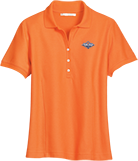
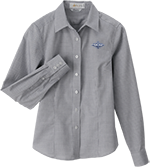
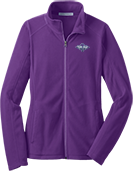
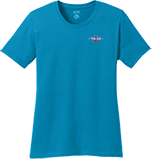
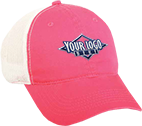


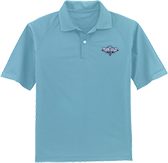


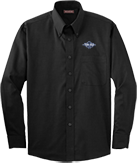
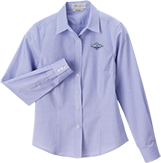




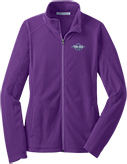
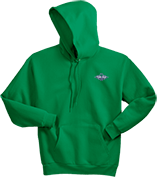

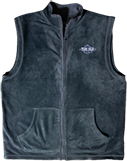

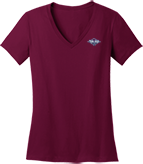

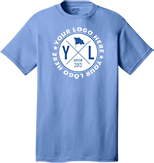
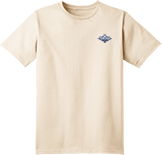
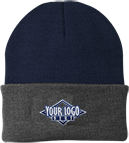


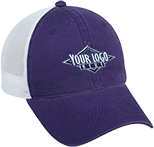




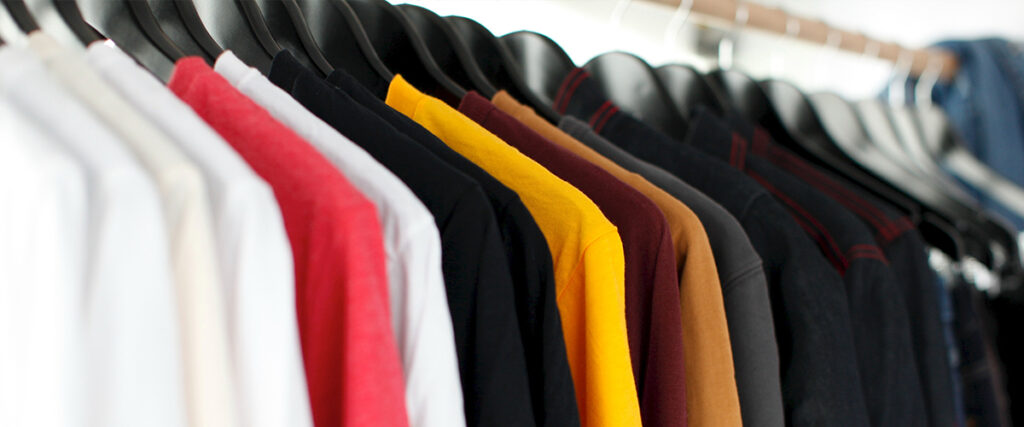



Add Comment